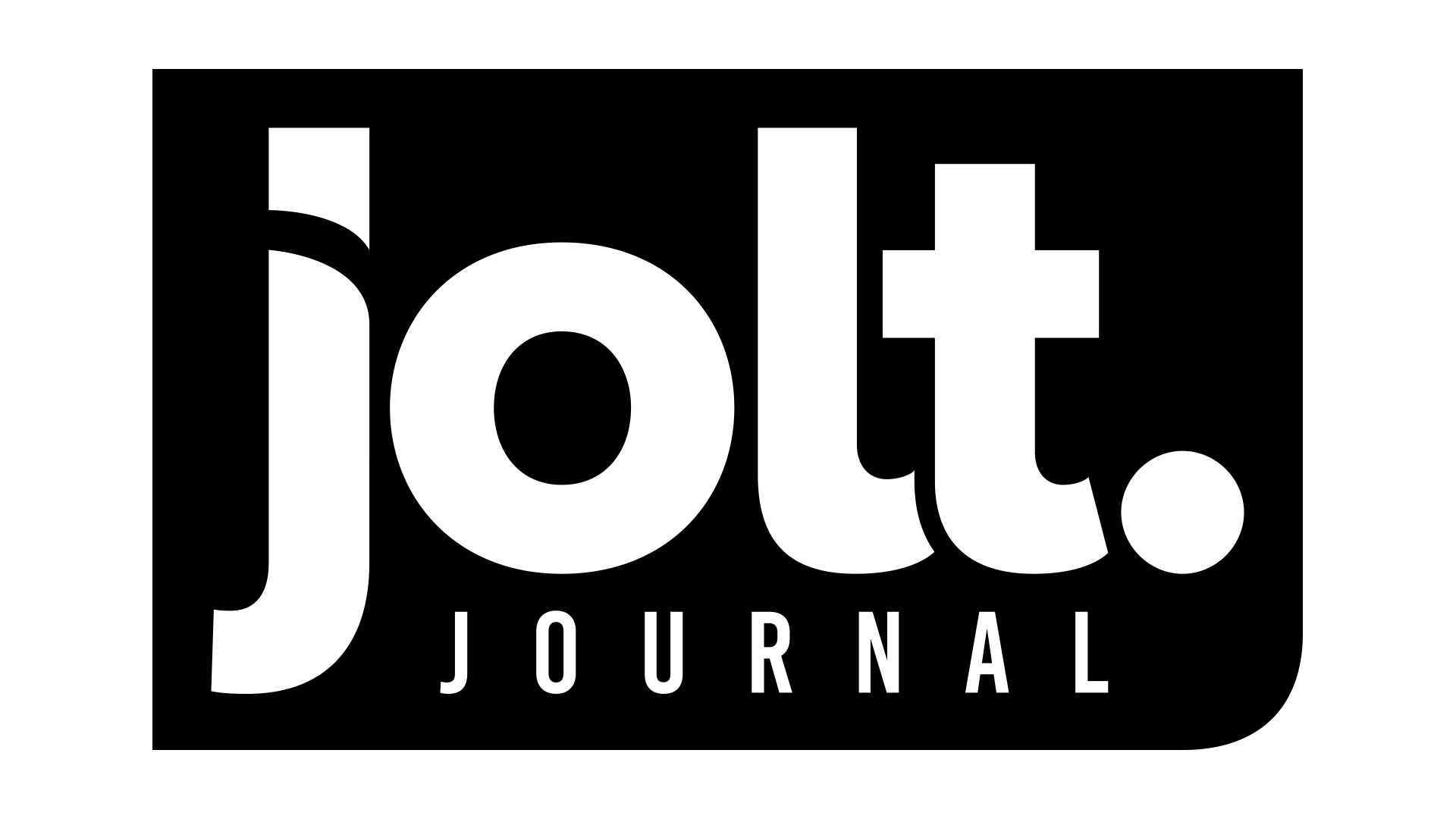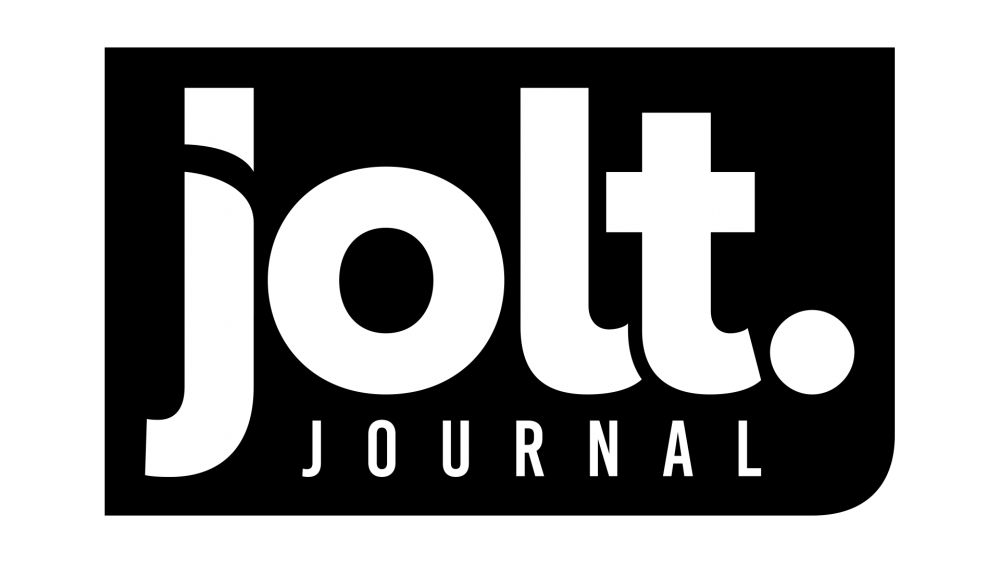Table of Contents
When financing your education, understanding the differences between loan options matters. Among these options, subsidized loans seem to be the better choice for students. With many financial products, making the right choice can impact your financial future. But what is a subsidized loan, and how is it different from its unsubsidized counterpart? Let’s get into it to help you make informed decisions. By understanding these loans, you can optimize your educational investments.
What Is a Subsidized Loan?
A subsidized loan is a federal student loan for students with demonstrated financial need. The unique feature of these loans is that the U.S. Department of Education pays the interest on the loan while you are in school at least half-time, during the grace period, and during any deferment periods. This means the amount you borrow doesn’t increase during these times due to interest accrual. Essentially, this government help can ease the financial burden during your studies so you can focus more on your education rather than financial stress.
These loans are part of the Federal Direct Loan Program, which aims to make education more accessible and affordable for students from lower-income backgrounds. The help provided by subsidized loans can be the difference between attending college and postponing educational goals due to financial constraints. Understanding these financial tools becomes even more critical as education costs continue to rise. By using subsidized loans, you can focus on your academic achievements without the immediate worry of mounting interest.
How Does a Subsidized Loan Work?
When you take out a subsidized loan the government pays the interest costs during specific periods which can reduce the overall amount you owe after graduation. This subsidy can make these loans more affordable than unsubsidized loans where interest accrues from the time the loan is disbursed. The absence of interest accumulation during school and deferment periods means you start repayment with a balance closer to what you initially borrowed.
This financial relief can be especially helpful as it allows you to better plan your finances post-graduation. Understanding how these periods work can help you plan your repayment strategy so you can minimize debt and maximize financial stability. Moreover, this government help is an investment in your future so more students can pursue higher education without the fear of debt escalation.

Subsidized vs. Unsubsidized Loans
Key Differences
Interest Payments: The main difference between subsidized and unsubsidized loans is who pays the interest. The government pays the interest for subsidized loans while you are in school and during specific periods. For unsubsidized loans you are responsible for all the interest from when the loan is disbursed. This fundamental difference can impact your decision-making when choosing which loan to apply for based on your financial capacity and long-term goals.
Financial Need: Subsidized loans are only for students who demonstrate financial need, whereas unsubsidized loans are for all students regardless of financial situation. This makes subsidized loans more exclusive but also more beneficial for those who qualify, as they offer significant interest savings. Understanding your eligibility for these loans can be key to developing a comprehensive financial aid strategy.
Loan Limits: Subsidized loans typically have annual and aggregate limits on how much you can borrow, which are lower than the limits for unsubsidized loans. While subsidized loans offer cost advantages, they may not cover all your educational expenses, so you may need to mix and match funding sources. Planning your borrowing strategy carefully is crucial to avoid future financial strain.
Repayment: Both types of loans require repayment after graduation, but the absence of interest accumulation during school can make subsidized loans less expensive. The reduced financial burden can make a big difference in your post-graduation financial health so that you can transition smoothly into the workforce. Evaluating the long-term implications of each loan type can guide you in making a choice that aligns with your financial goals.
Why Choose a Subsidized Loan?
If you qualify for a subsidized loan, it’s often the best option due to the interest savings. As you repay the loan, this can mean lower monthly payments and less stress over time. The financial relief provided by subsidized loans can allow you to allocate resources towards other essential life milestones, such as buying a home or saving for retirement.
Moreover, the interest subsidy can give you a sense of financial security, knowing that your debt isn’t growing while you’re focused on your studies. This assurance can help you maintain a healthy balance between academic pursuits and financial management. Ultimately, opting for a subsidized loan can be a strategic move towards achieving educational and economic success.

Direct Loans: The Basics
A common question is whether a direct loan is the same as a Stafford Loan. Here’s a breakdown:
Direct Subsidized Loans vs. Stafford Loans
Direct Subsidized Loans are part of the Federal Direct Loan Program. Stafford Loans were part of the Federal Family Education Loan (FFEL) Program, which ended in 2010. However, people often use “Stafford Loan” to refer to subsidized and unsubsidized loans under the Direct Loan Program. Understanding this distinction is essential so you know what loan structures and options are available to you.
The historical evolution from Stafford Loans to Direct Loans was a move towards more government-managed student loans. This was aimed at improving efficiency and reducing reliance on private lenders. As a borrower, it’s important to understand these changes to navigate the financial aid landscape.
Direct Subsidized vs. Unsubsidized Loans
Both loan types are under the Direct Loan Program but differ in interest payments and eligibility based on financial need. Direct Subsidized Loans have government-paid interest during school while Direct Unsubsidized Loans require you to pay interest from the get go. This difference can have a long term impact on your financial planning and repayment strategies.
Choosing between these loans involves assessing your financial situation including your immediate needs and future earning potential. By understanding the nuances of each loan type you can align your borrowing with your educational and financial goals. This informed decision making can help you minimize debt and maximize the return on your educational investment.
When and How Do You Pay Back Subsidized Loans?

Repayment Timeline
You must start repaying your subsidized loan six months after you graduate, leave school, or drop below half-time enrollment. This period is called the grace period. You can prepare for repayment by organizing your finances and exploring different repayment options during this time.
The grace period is a valuable window to adjust to post-graduation life without immediate financial pressure. It’s an opportunity to establish a budget, find a job, and set financial goals that align with your repayment plan. Take advantage of this period to transition smoothly into managing student loan obligations.
Payment Plans
The U.S. Department of Education offers several repayment plans to fit your financial situation including income-driven repayment plans that adjust your payments based on your income. These plans can provide flexibility so your repayment schedule aligns with your financial capacity.Exploring the different repayment options can help you choose a plan that minimizes stress and supports your financial well-being. By evaluating these options carefully you can create a sustainable repayment strategy that accommodates changes in your financial situation over time. This proactive approach can give you financial stability and peace of mind.
Do I Have to Pay Back Subsidized Loans?
Yes, subsidized loans must be repaid. But because the government pays the interest during school and deferment periods the total cost of the loan is usually lower than an unsubsidized loan. So subsidized loans are a good option for students who want to minimize their debt burden.
Understanding your repayment obligations for your subsidized loan is key to managing your financial future. By planning your repayment strategy you can make sure you meet your obligations and stay financially healthy. This knowledge will give you confidence to navigate the student loan repayment landscape.
FAQs
What is an Unsubsidized Loan?
An unsubsidized loan is a federal student loan available to all students regardless of financial need. Unlike subsidized loans you are responsible for paying all the interest which begins accruing immediately after the loan is disbursed. So you may face a higher financial burden over time if you can’t manage interest payments while in school.
Unsubsidized loans are an option for students who don’t qualify for subsidized loans but need financial help. However it’s important to weigh the long term costs of these loans as the interest accumulation can add up to a significant amount. Understanding these implications can help you make informed borrowing decisions.
Does an Unsubsidized Loan Have Interest?
Yes, unsubsidized loans accrue interest when the funds are released, adding to the total amount you must repay. This interest becomes a significant factor in calculating your total debt and repayment plan. Understanding how interest accrues allows you to develop strategies to manage your debt.
Addressing interest payments proactively, even while in school, can help reduce the overall cost of the loan. By making interest payments during your studies, you can minimize the compounding effect of interest and lower your total debt. This proactive approach can give you financial resilience and support your long-term financial goals.
What is a Federal Direct Unsubsidized Loan?
A Federal Direct Unsubsidized Loan is part of the Direct Loan Program and provides financial assistance to students without the interest subsidy of subsidized loans. You will have to pay the interest from the start. Understanding these loans is key to your overall financial plan.
The flexibility of Federal Direct Unsubsidized Loans allows more students to access funding for their education. However, careful planning is needed to manage the interest and overall debt. You can make informed decisions on incorporating these loans into your educational financing strategy by evaluating your financial situation and future earning potential.
Choose Wisely

When choosing between subsidized and unsubsidized loans, consider your financial needs, interest savings, and long-term financial plans. Subsidized loans can be a big advantage if you qualify, but you need to understand all the terms and conditions before you make a decision. This understanding will guide you in choosing the loan that fits your financial situation and educational goals.
By understanding the differences and implications of each loan, you can make informed decisions that will support your educational journey without financial burden. Before committing to a loan, always explore all your financial aid options, including scholarships and grants. This holistic approach to financing your education will help you achieve academic success and economic health.
Educating yourself on these options will empower you to make strategic decisions that minimize debt and maximize your investment in education. The right loan choice will be the foundation for a successful academic and professional future without financial stress.





